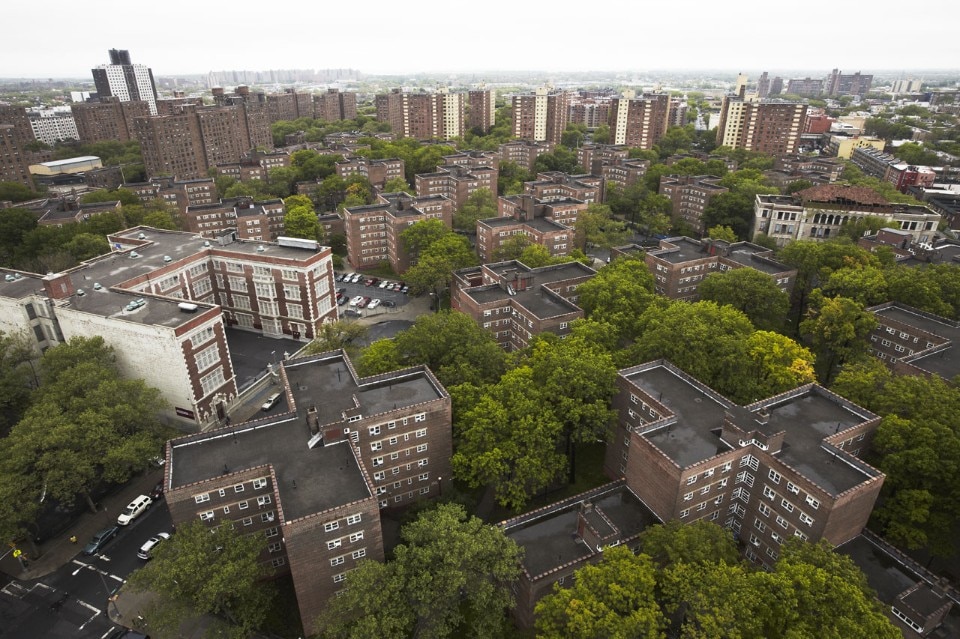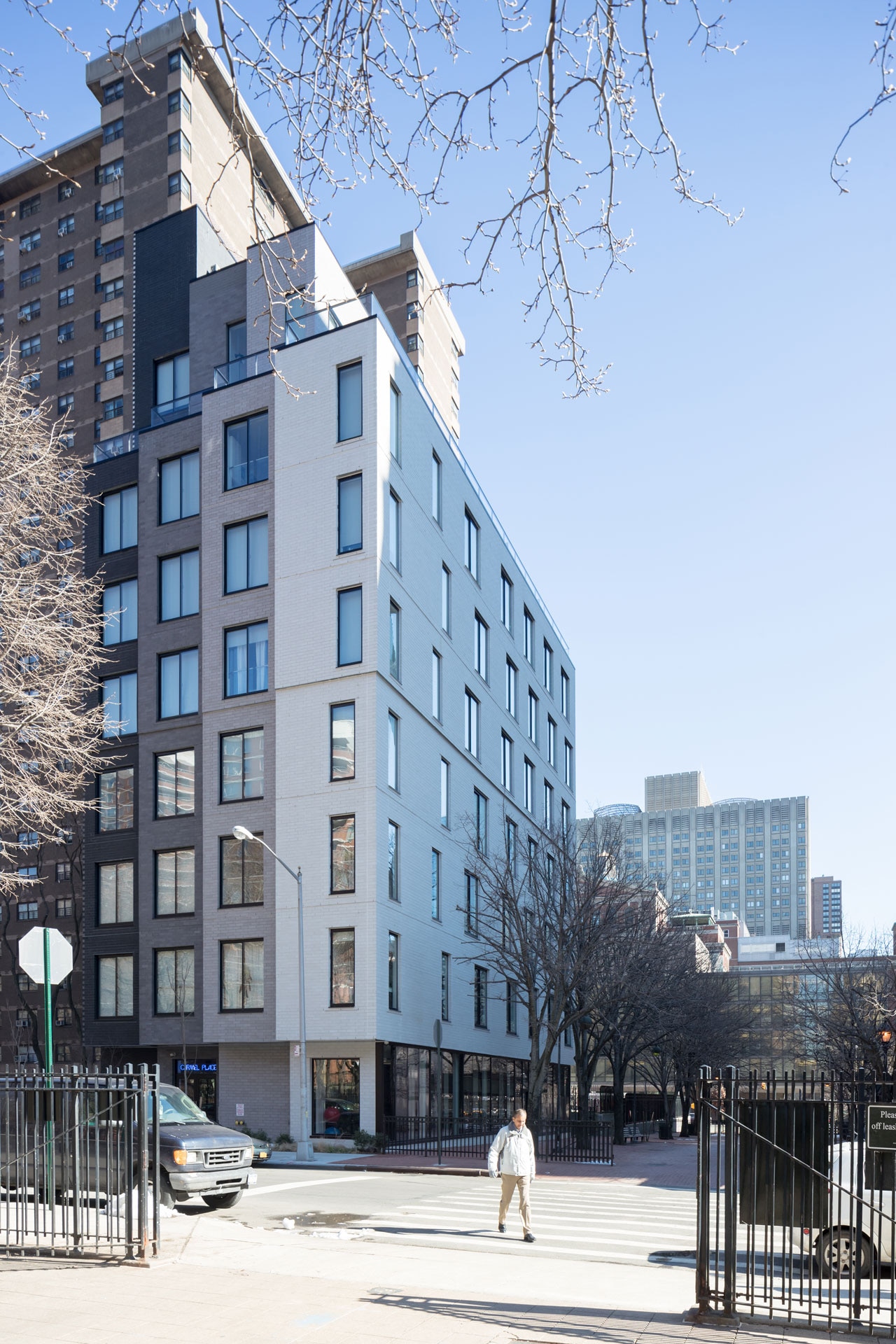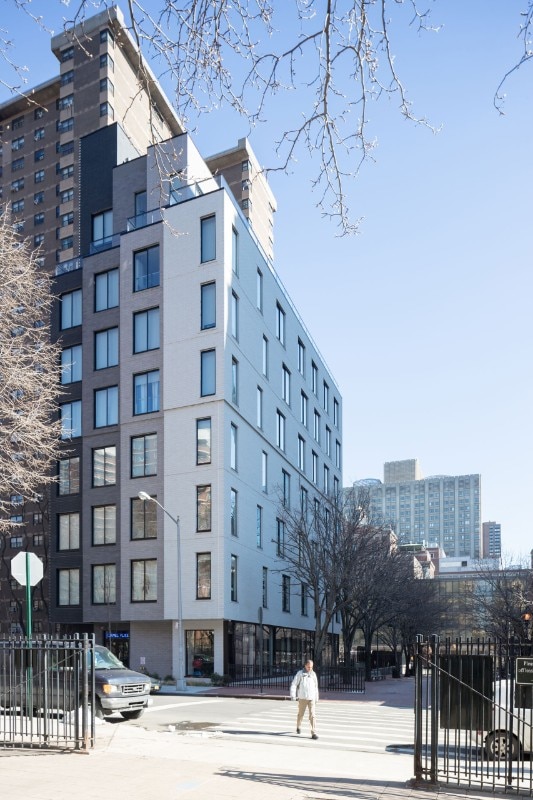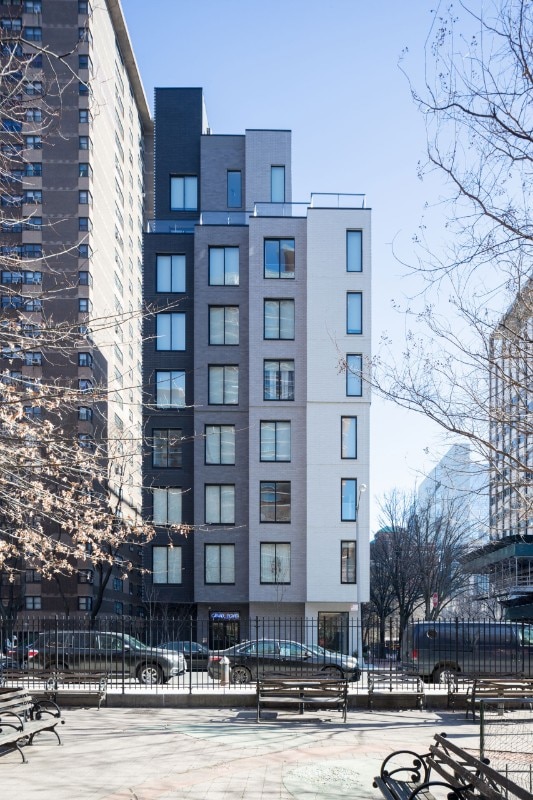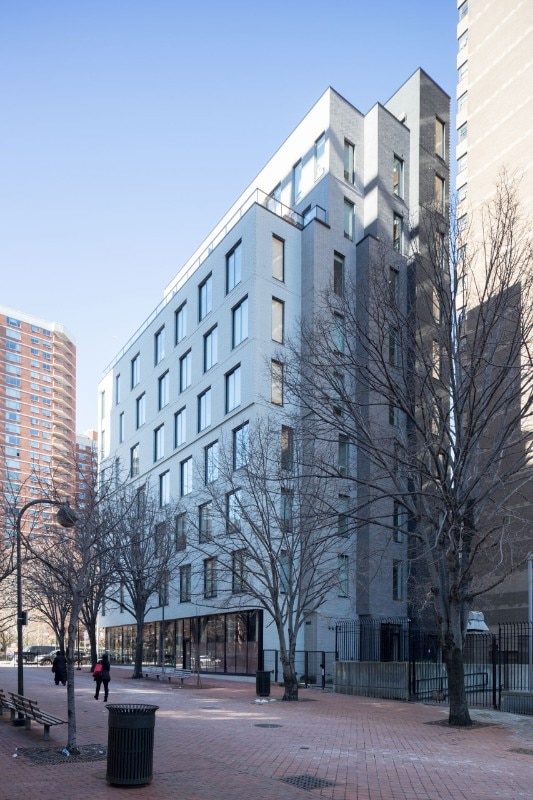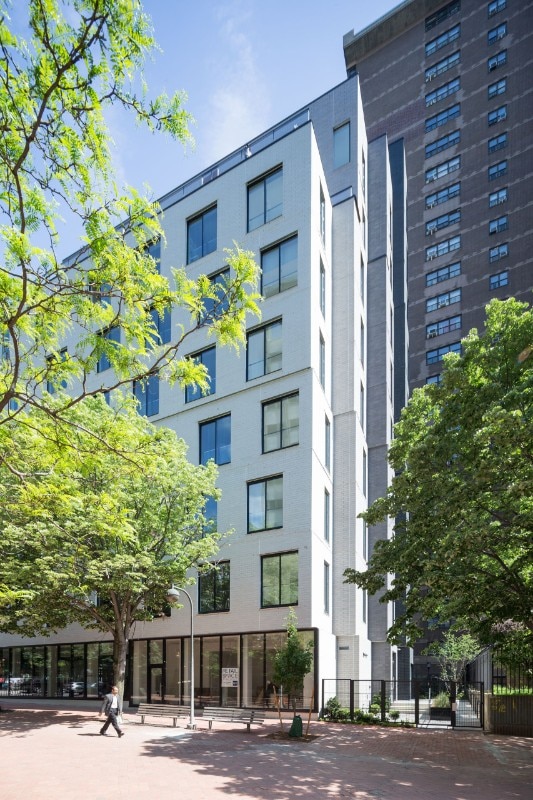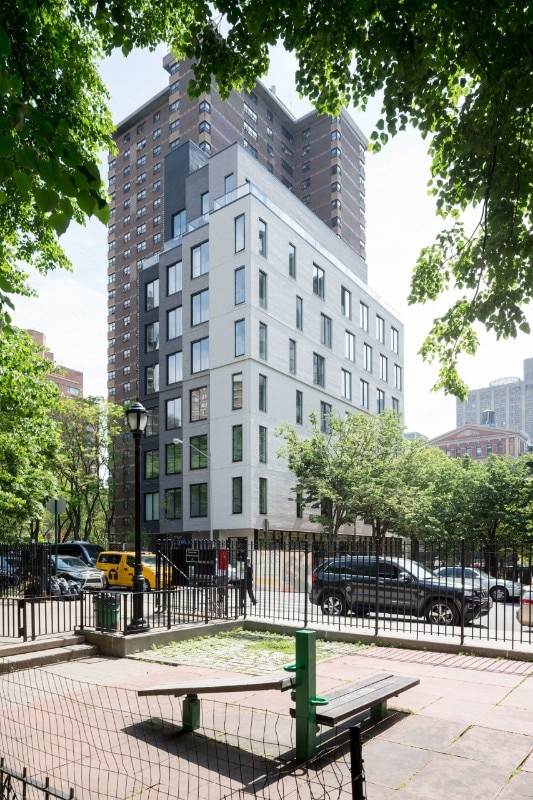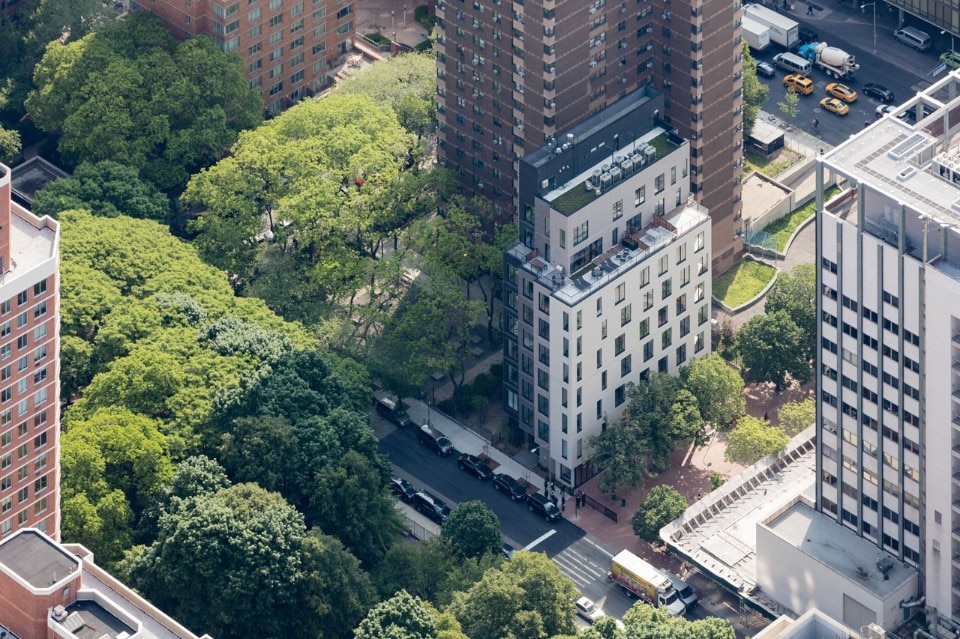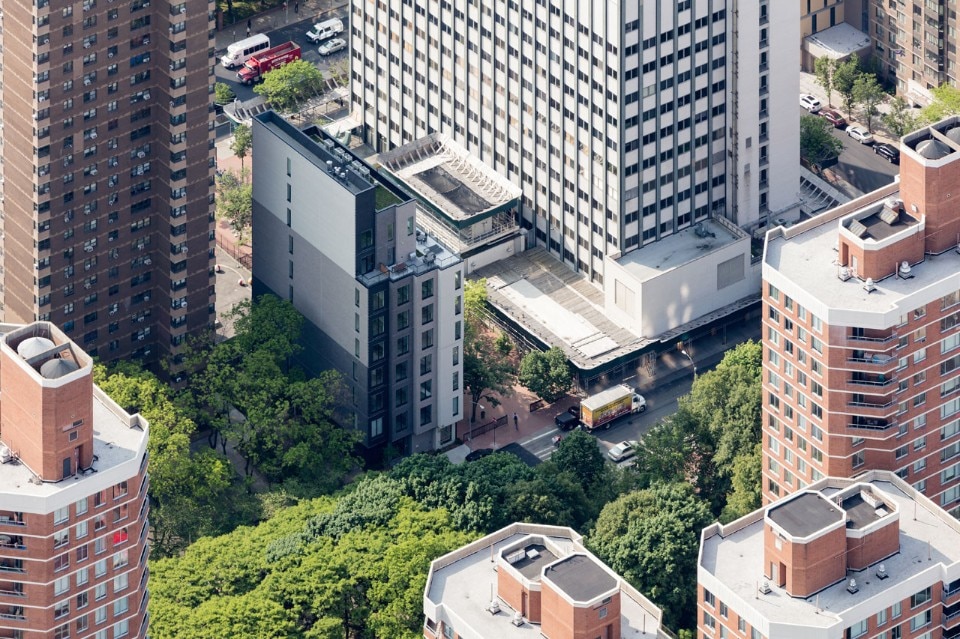This article was originally published on Domus 1034, April 2019.
In New York City, one condominium apartment just sold for $238 million, the most expensive in US history, and 63,636 people are homeless, the highest level since the Great Depression. The city’s extreme levels of income and housing inequality are the focus of Mayor Bill de Blasio’s administration, which is implementing a 2014 plan to finance or preserve 300,000 units of privately developed affordable housing over 12 years.
Despite record-setting recent affordable housing production and an array of federal, state, and local government programmes addressing housing affordability in New York City, 44 percent of New York renters lack affordable housing, or are paying 30 percent or more of their household income toward rent. Four decades of federal government disinvestment and the country’s moratorium on new public housing, in place since 1973, have contributed to our precarious state.
The United States budget for housing has been reduced to one-third of what it was in the 1970s, adjusting for inflation, exacerbating inequalities and a reliance on the private market present from the beginnings of government-built and -subsidised housing. Though public housing in the United States was originally conceived as “moderately priced high-quality housing” for working-class people, following opposition from the powerful real estate lobby, the 1937 Housing Act limited the provision of government housing to the very poor. Today, in New York and across the country, segregation by class and race – 88 percent of New Yorkers living in public housing are black, Hispanic, or Latino, compared to 53 percent for the city as a whole – has contributed to a lack of political support for the level of public investment required to produce quality housing for all.
Alongside private models, the most robust single affordable housing resource in New York is the New York City Housing Authority (NYCHA), which houses about 400,000 people in 326 developments. In recent decades, many American cities have demolished their public housing, often leaving residents displaced. NYCHA not only persists, but its buildings are integral to the New York City fabric, even in some wealthy neighbourhoods. While much is written about the undeniable shortcomings of NYCHA, which has a $32 billion deficit in capital funding, a recent NYU Furman Center report demonstrates that public housing is the only source of affordable housing for New Yorkers with very low incomes. In 2017 NYCHA made up 64 percent of housing units renting for less than $500, up from 36 percent in 2002.
NYCHA’s outgoing interim chairperson, Stanley Brezenoff, has protested a recent agreement that placed the Authority under federal oversight without providing additional US funding. The federal government, he said, “bears a lot of the responsibility and therefore should bear a good deal – in my view, all – of the financial burden.”
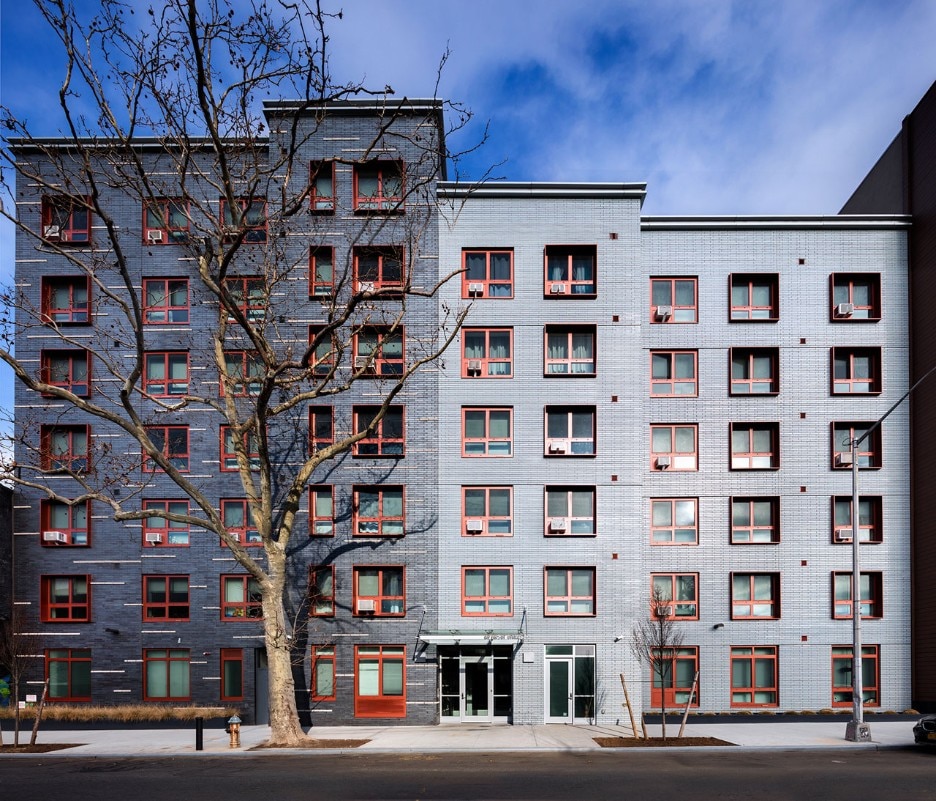
Under its Build to Preserve programme, 100 percent of funds that NYCHA receives from private developers building new apartment buildings on its campuses goes toward the rehabilitation of adjacent public housing stock. At NYCHA’s John Haynes Holmes Towers on the Upper East Side of Manhattan, Fetner Properties plans to develop a new 47-story residential tower and rehabilitate existing housing. Under the plan, NYCHA will retain land ownership in a 99-year ground lease and 50 percent of the new apartments will be permanently affordable (set at 30 to 60 percent of Area Median Income, or AMI). The design by FX Collaborative with SLCE incorporates new playgrounds, renovated open spaces, and a 46,600 square metre recreational and community centre for local residents.
Holmes Towers and renovation plans at other NYCHA sites stop short of truly transformative design schemes like Tour Bois-le-Prêtre in Paris and rely on private development, in contrast to places like the London borough of Hackney, where local democracies are directly delivering public housing for the first time in decades. The Holmes project has not been without controversy, but stands to provide much-needed affordable housing and public housing improvements.
In Brooklyn at NYCHA’s Sumner Houses, Studio Libeskind is designing a new 10-story senior housing development in collaboration with Selfhelp Community Services. “Our approach was to break away from the typical forms we so often see in public housing,” Libeskind partnerin- charge Carla Swickerath wrote in an email, “and with a few thoughtful design moves create a dynamic and contextual building that offers light, accessibility, and a connection to the community for the seniors.” Addressing the 2 million seniors projected to live in New York by 2040, the apartments at Sumner Houses are planned to be affordable for seniors earning up to $40,080.
Beyond NYCHA, affordable housing in New York City - as in the rest of the country - is typically developed by private developers and subsidised through a range of government tax credits and incentives. De Blasio’s housing plan has been criticised for its reliance on up-zonings primarily in low-income communities of colour to accommodate additional housing production. While most New York housing stock is designed for nuclear families, only 17 percent of households match that demographic. New York agencies are beginning to support housing alternatives for singles and shared households through competitions and subsidised pilot projects.
Carmel Place (formerly known as My Micro NY), a pilot project developed under the previous administration’s adAPT NYC competition, houses 55 micro units, rental apartments ranging from 24 to 32 square metre. At the same time, private co-living companies have created a rapidly growing number of shared apartments for unrelated adults. In both cases, market-rate rents for the smaller apartments or shared spaces remain out of reach for many. Self-organised, typically more affordable, collective households incorporating shared labour and decision-making have existed for much longer, but demand outpaces supply. The City’s new ShareNYC initiative invites developers and designers to propose affordable shared housing, giving preference to schemes with high-quality design that incorporate housing for people with low-incomes and the formerly homeless.
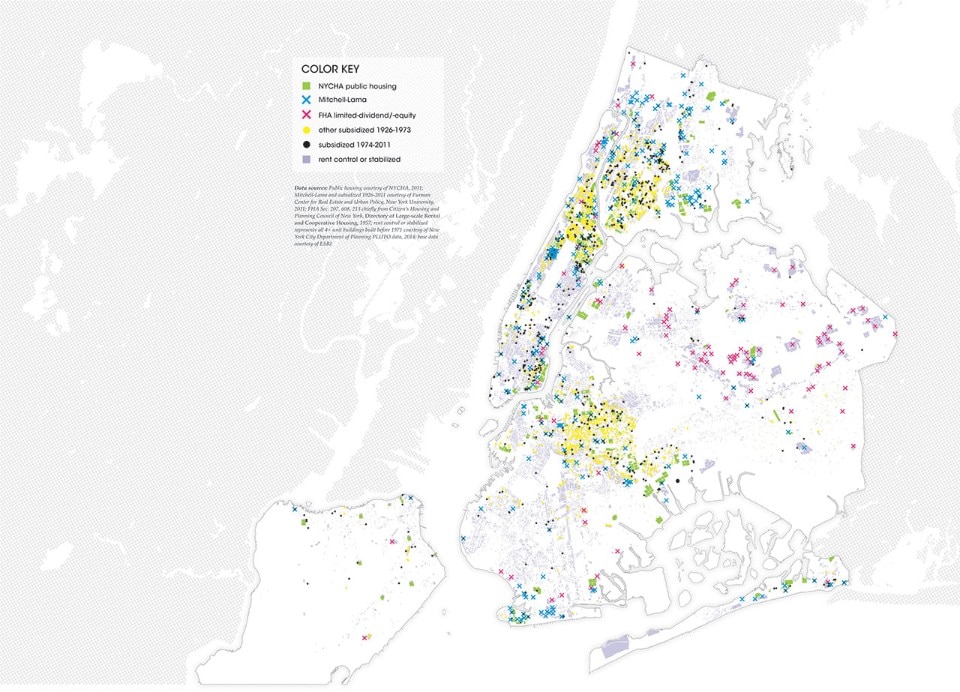
Pursuing better design for affordable housing, the City has restructured and streamlined its design review process for housing built on City-owned land. Reviewers refer to examples of New York’s best recent affordable housing collected in the publication Designing New York: Quality Affordable Housing. The Peninsula, a mixed-use development in the Bronx with 740 affordable housing units, designed by blA + WXY, is the first large-scale project to go through this review. Through the process, the project has gained east-west pedestrian access through the site. Much work remains to address the scale of New York’s housing problem. The crisis is such that tens of thousands of people often apply for affordable apartments in a single New York building. President and CEO of Community Solutions Rosanne Haggerty argues, “The whole process of affordable housing lotteries – really? We need to look at the design of the process to get people matched to the housing resource that best resolves their critical need.” Each element of our inequitable housing system, from the local to federal level, must be redesigned. In the midst of the city’s daunting housing affordability problem, these new developments show potential ways forward to a more equitable New York.
Karen Kubey is an urbanist and visiting associate professor at Pratt Institute specialising in housing and health.


